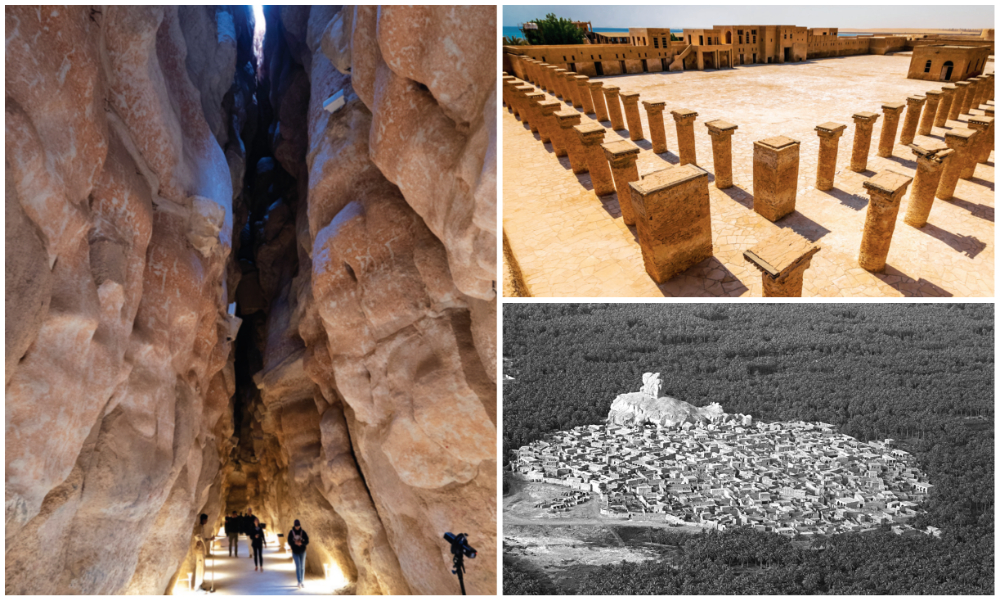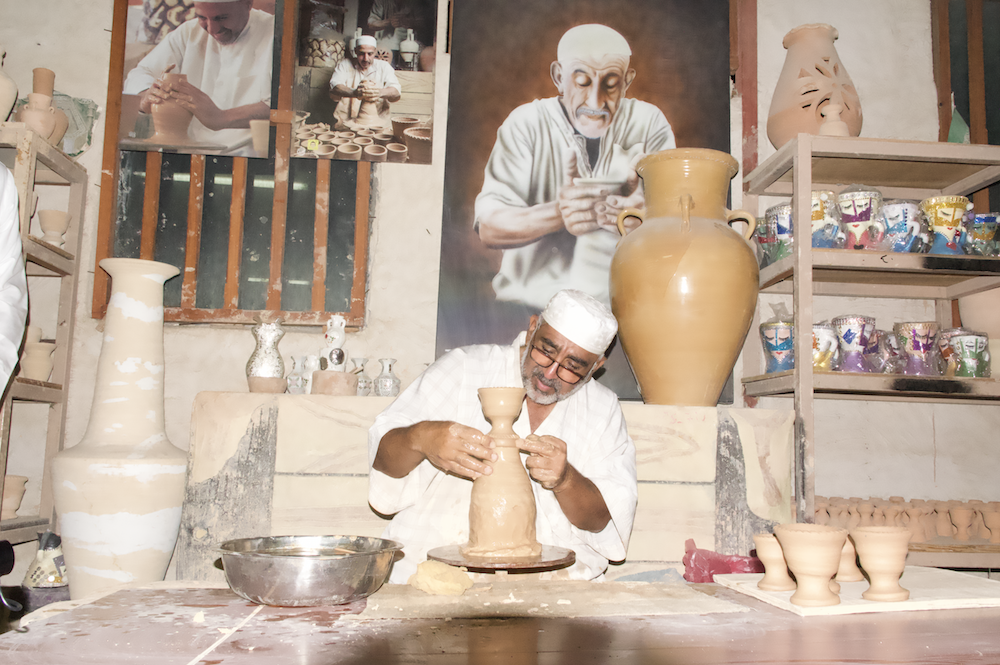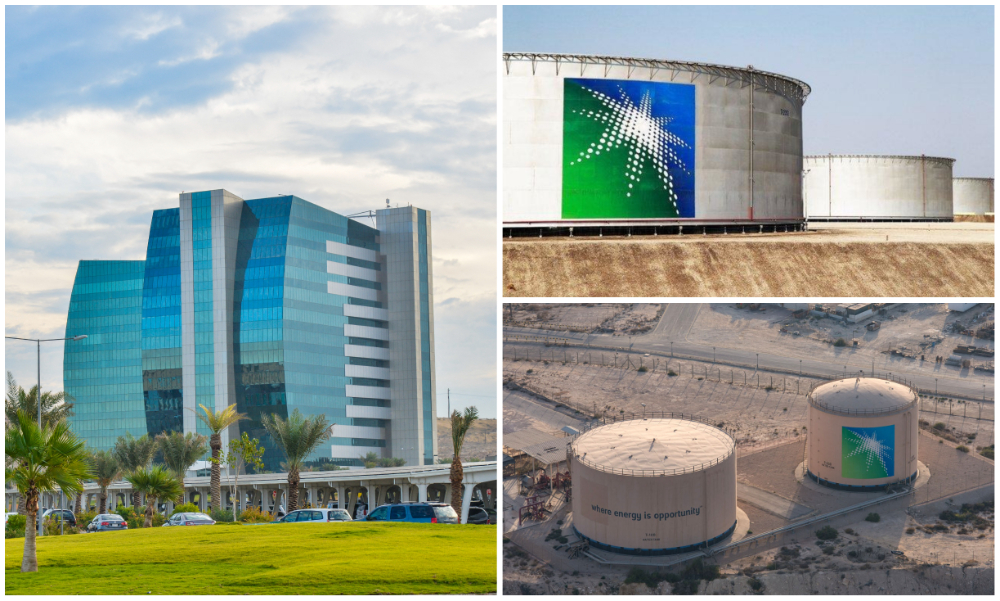Talks focus on cooperation in media between Saudi Arabia and Turkiye
Why Saudi Arabia’s Eastern Province is a top tourist destination in its own right
DUBAI: The vast rock formations of Al-Qara Mountain in Saudi Arabia’s Eastern Province have long been a source of inspiration to pilgrims, traders and even modern-day architects.
Through antiquity, the fertile landscape served as a welcome rest stop for early pilgrims traveling to Makkah, while Al-Ahsa Oasis was an important hub for caravans crossing the region’s ancient trade routes.
Today a UNESCO World Heritage site, its iconic rock formations inspired the shape of Dhahran’s King Abdulaziz Center for World Culture, or Ithra, whose ultramodern design echoes the composition of these giant boulders.
And yet, despite the appeal of the Eastern Province’s natural, cultural and historical wonders, it had long been sidelined in the popular imagination by its other plentiful resource: Oil.
On March 3, 1938, Standard Oil of California drilled a well that would become the biggest source of petroleum in the world. Known as “Prosperity Well,” the discovery transformed Saudi Arabia forever.

Today, Dhahran in Dammam Area hosts the headquarters of Saudi Aramco, the world’s second most valuable company by market cap. The Safaniya oil field, meanwhile, located off the coast of the province, is the largest offshore oilfield in the world.
Now, as the Kingdom looks to diversify its economy away from hydrocarbons, authorities have come to recognize the Eastern Province’s massive untapped potential as a tourism destination, and thanks to its fertile earth, a place to grow a rich assortment of crops — particularly dates.
On May 12, the Kingdom established the board of directors for the Al-Ahsa Development Authority, helmed by Prince Ahmed bin Fahad bin Salman, deputy governor of the Eastern Province, with a view to finally realizing Al-Ahsa’s full potential.
“The decision reflects the leadership’s keenness to invest in the comparative advantage of Al-Ahsa and to utilize it in economic projects that will align with Vision 2030,” Ibraheem Alshekmubarak, secretary-general at Asharqia Chamber of Commerce and Industry, told Arab News.
Al-Ahsa, which today hosts a city of some 1.3 million people, features canals, springs, gardens and a drainage lake, in addition to historical buildings and archaeological treasures dating back to the Neolithic period. In 2018, it was included in the UNESCO Creative Cities Network.
FASTFACTS
* This summer, Ithra gave Eastern Province teens a chance to be selected for a special education program.
* The successful candidates had to develop cultural-interpretation projects to receive expert feedback.
* From Aug. 8, 17 local youth had 3 weeks to immerse themselves in the institution’s offerings.
“The city has an ancient tradition of handicrafts, considered cultural and social practices passed on from generation to generation,” UNESCO said in a statement at the time.
“Around 50 expressions of crafts and folk art have remained throughout the city’s history and bear witness to Al-Ahsa’s scenic wealth, including textiles from palm trees, pottery, weaving and joinery.”
At the city’s Al-Ahsa Museum, visitors can discover more than 1,400 antiquities, old coins, photographs, manuscripts and other documents, illuminating hundreds of years of civilization in the region.
Further east, the region’s other highlights include Al-Uqair, an ancient fort of Islamic origin, which is thought to have been part of the first sea port in the Arabian Gulf. Some have even linked the port to the ancient city of Gerrha mentioned in Greek and Roman sources.

Located around 70 kilometers northeast of the fertile oasis of Al-Ahsa, Al-Uqair features the remains of a large fort of unknown origin. While it is still unclear who built the fort, its construction style of stone topped with mud brick is typical of traditional buildings in the Gulf.
In May 2021, to promote sustainable agriculture and economic growth, Prince Saud bin Naif bin Abdul Aziz, the governor of the Eastern Province, inaugurated 24 water and other development projects at a cost of SR2.1 billion ($560 million).
These projects, now underway in the provincial capital Dammam, Hafr Al-Batin, Al-Ahsa, Al-Qatif, Al-Khafji, Olaya Village, Al-Nairiya, Ras Tanura, Jubail and Alkhobar, are designed to improve the overall quality of life in the region and to stimulate the local economy.

New investments are already flooding into the area. In January this year, a 5 million square meter beach on Tarout Island, off the coast of Al-Qatif, sold for SR4 billion ($1 billion), in what was described at the time as “one of the largest real estate transactions in the Kingdom.”
Al-Qatif, which extends from Ras Tanura and Jubail in the north to Dammam in the south, is home to one of the oldest settlements in eastern Arabia, dating back to around 3,500 B.C., established by the Dilmun civilization.
According to British archaeologist Harriet Crawford, writing in her 1998 book “Dilmun and its Gulf Neighbors,” the Sumerians considered it the land of “paradise, immortality and life.”
Tarout Island itself is thought to be among the oldest inhabited sites on the Arabian Peninsula. The castle that sits atop its central hill overlooking the island is thought to date back to the fourth century B.C.

In the 16th century, the Portuguese invaded the island and garrisoned the castle. The site still features ancient relics and inscriptions, some dedicated to the worship of pre-Islamic Mesopotamian goddesses like Ashtar, from whence the name Tarout is derived.
On the mainland, Al-Qatif has its own castle, which is the city’s most celebrated landmark. Built by the Sassanids in the third century A.D., the site was refurbished by the Ottomans and was also later used as a military base.
The massive complex of towers, its mosque, and its towering defensive walls serve as reminders of the region’s important past and far-reaching influence over the greater Gulf and Middle East region.
The Eastern Province is the easternmost of Saudi Arabia’s 13 provinces and its largest by area. Although mostly covered by desert, with the Rub Al-Khali alone covering more than half of its territory, the region is extremely popular with domestic tourists for its beaches and proximity to neighboring Arab states.
With some of the region’s biggest sea and airports, transnational highways, and a railway line connecting it to the capital, Riyadh, out to the west, it is well placed to attract visitors from the wider region and the world.
New investments in infrastructure and hitherto neglected sectors of the economy mean the province, which has generated so much of Saudi Arabia’s wealth over the decades, could soon become a top destination in its own right.

